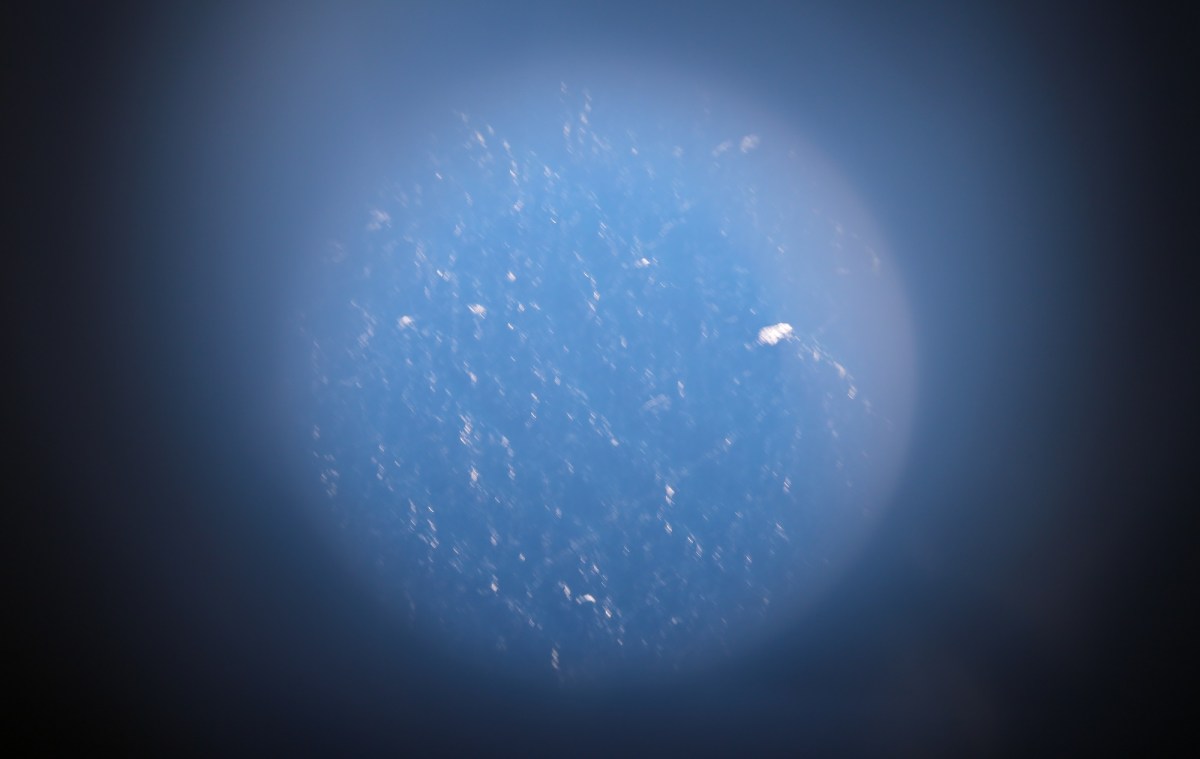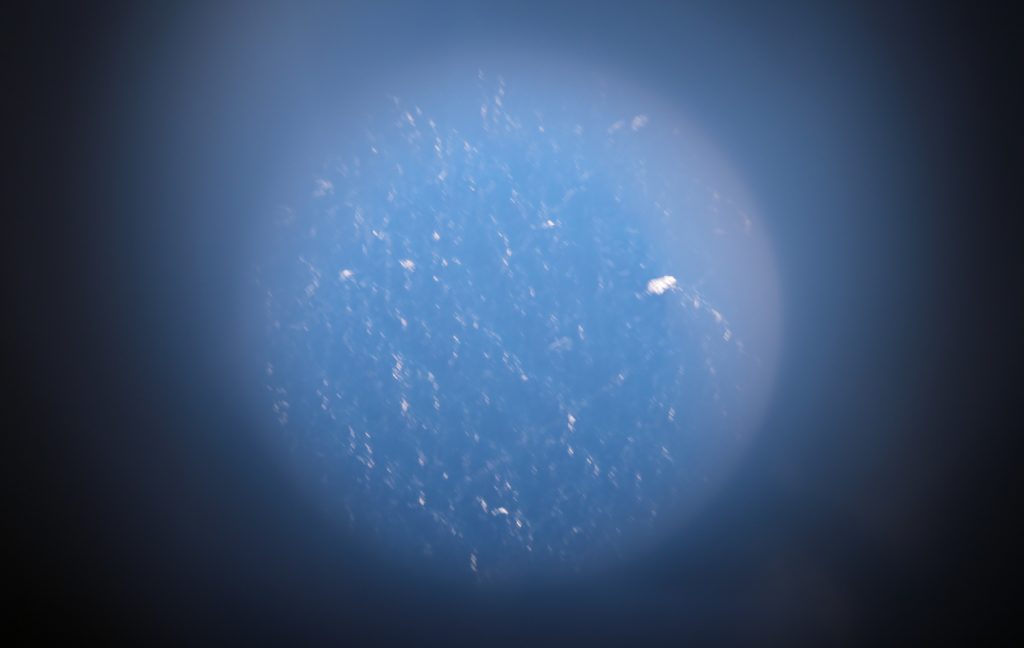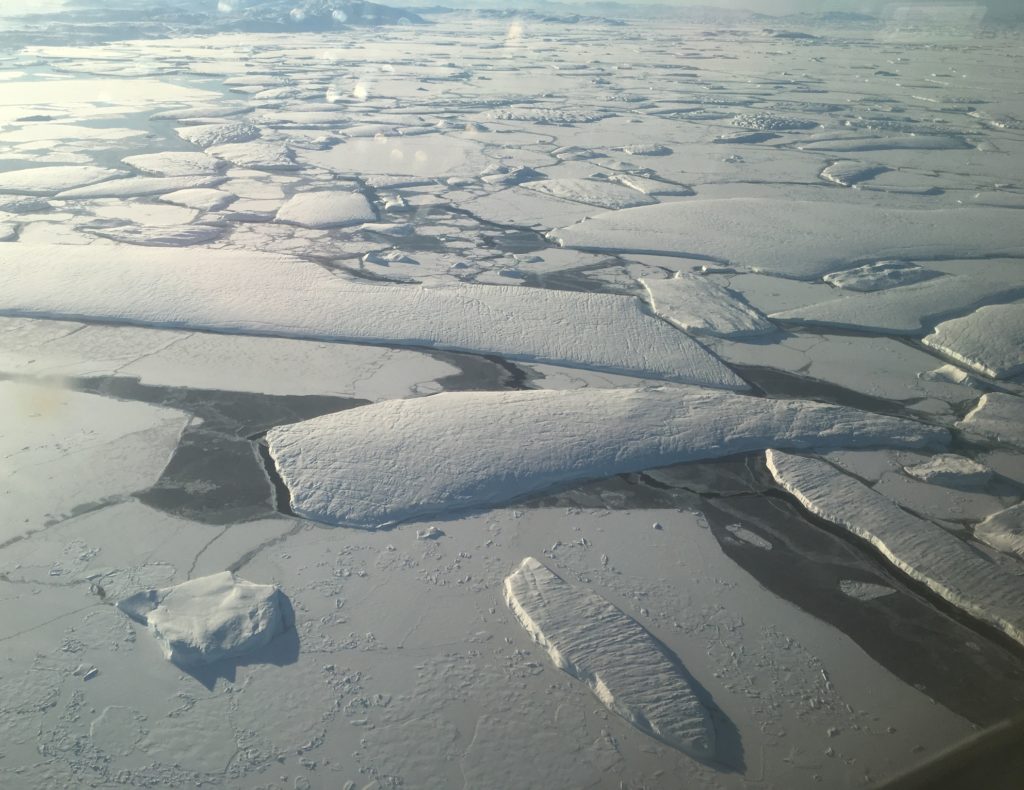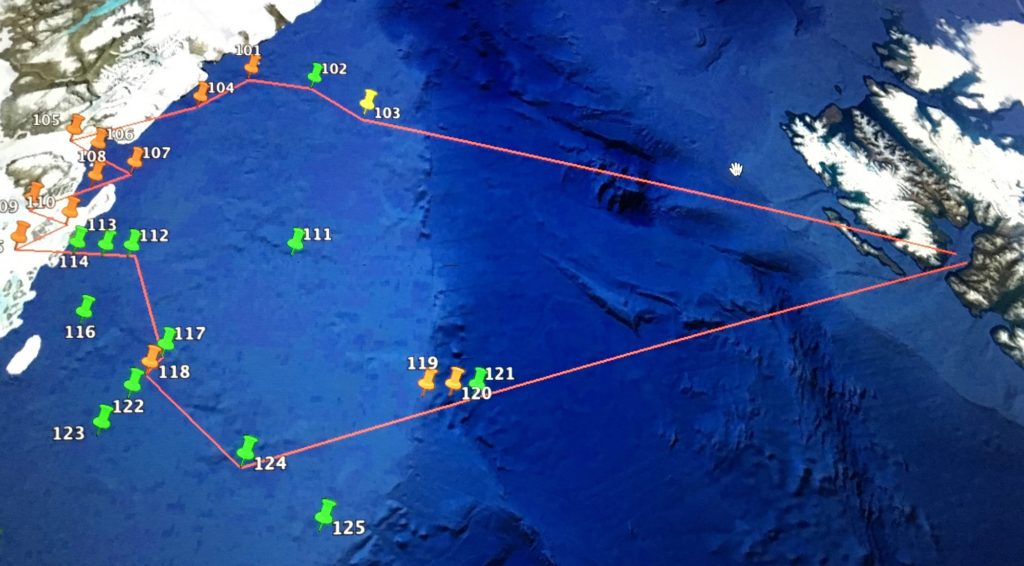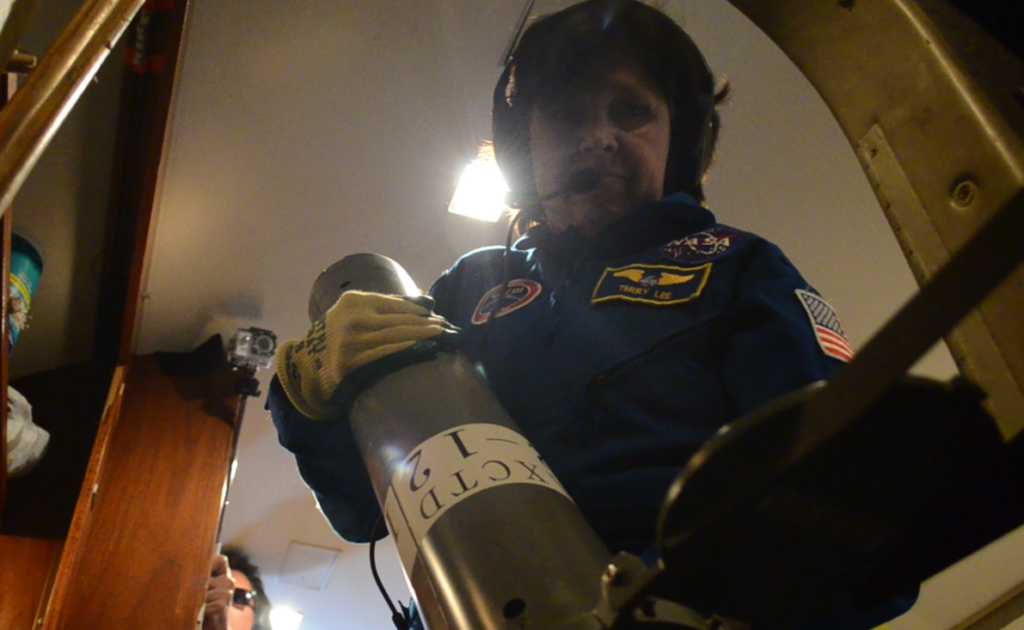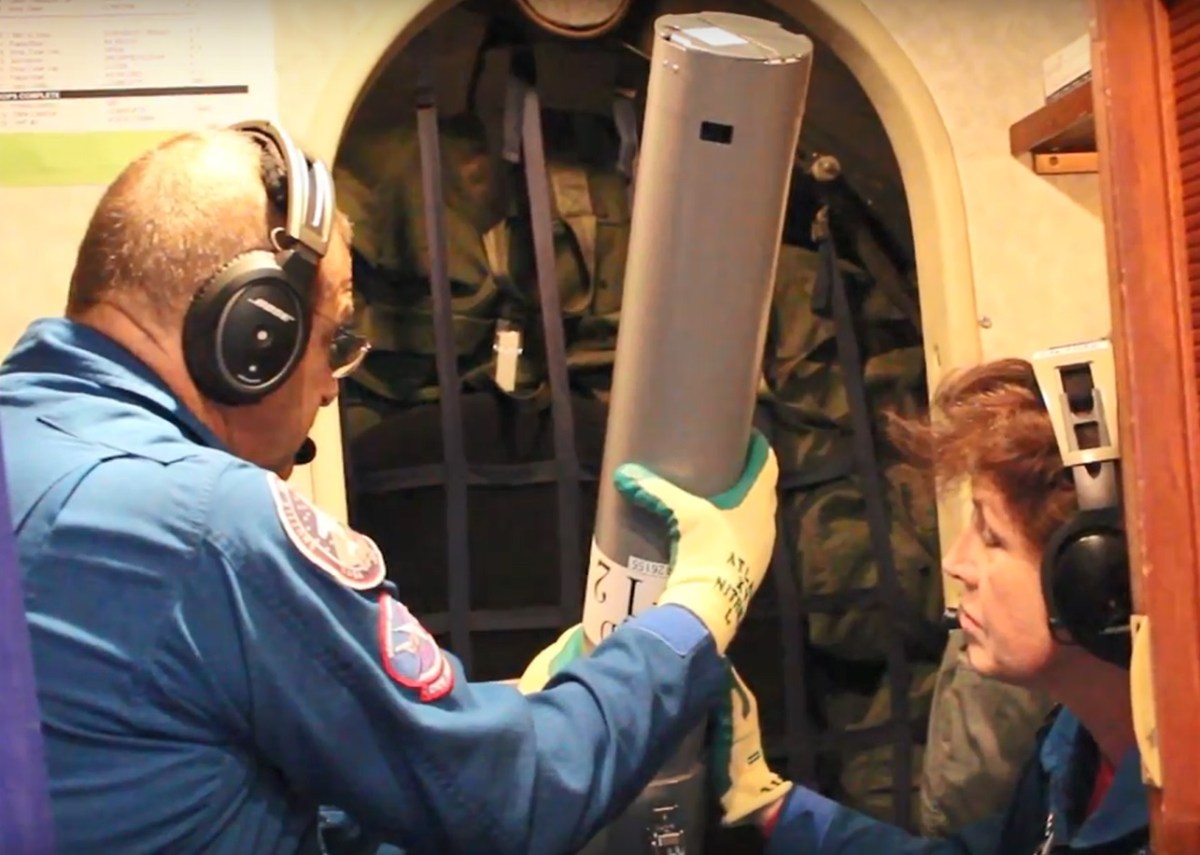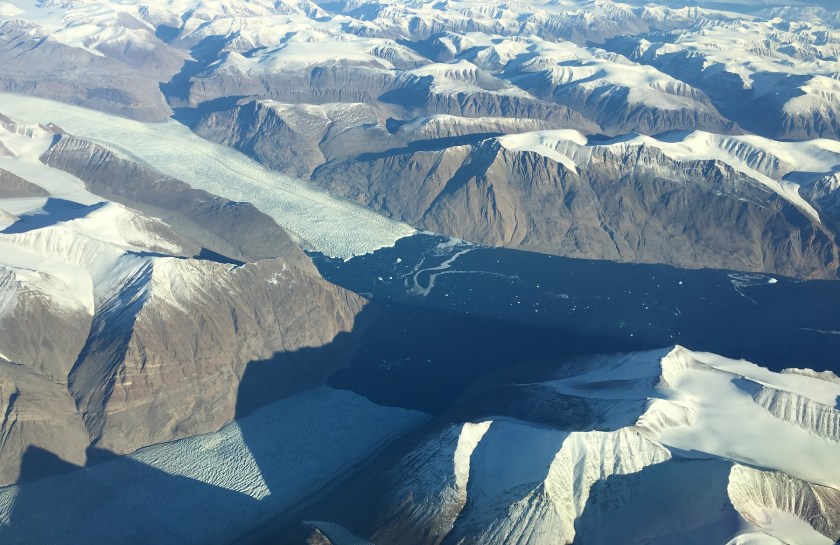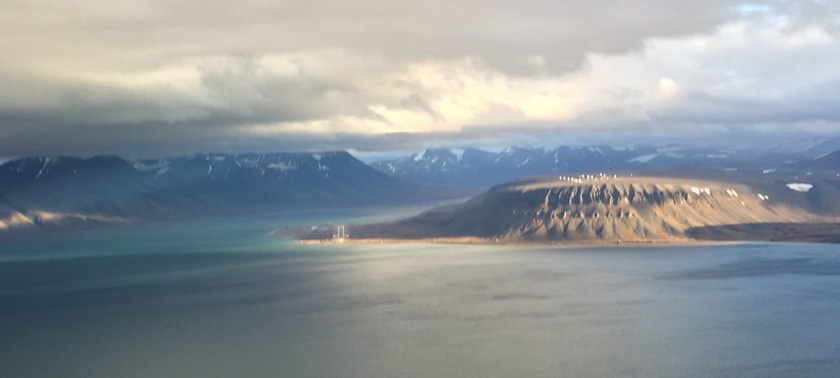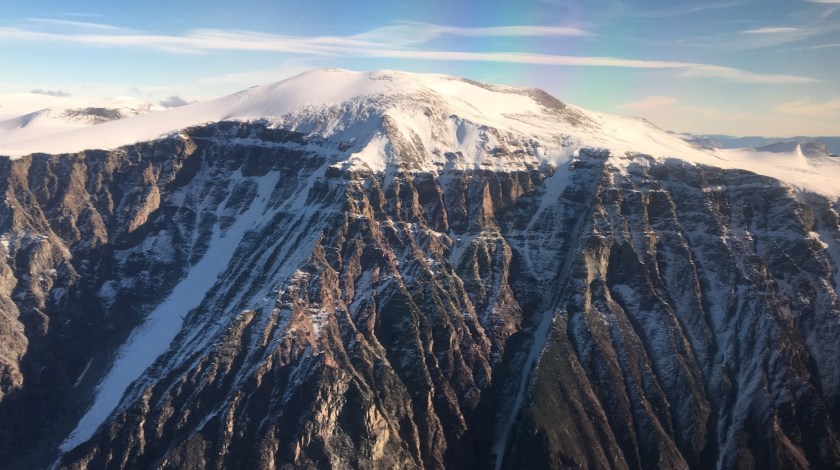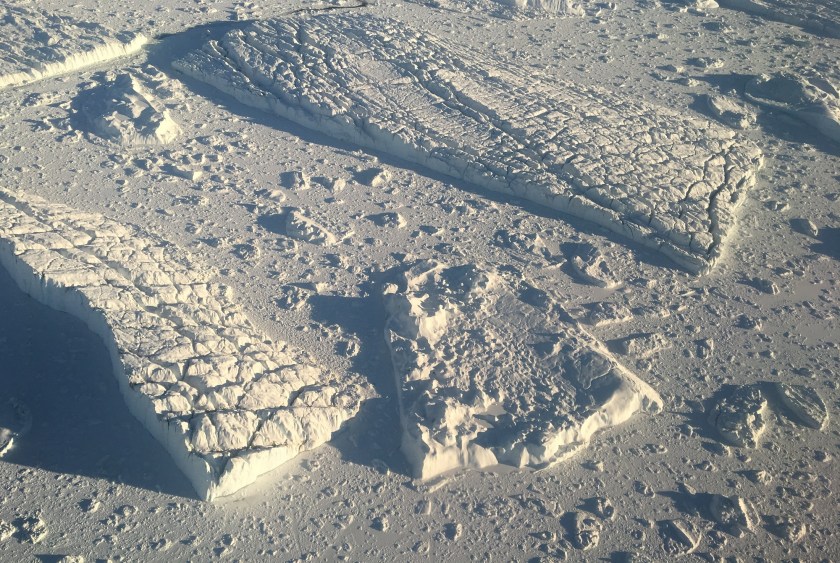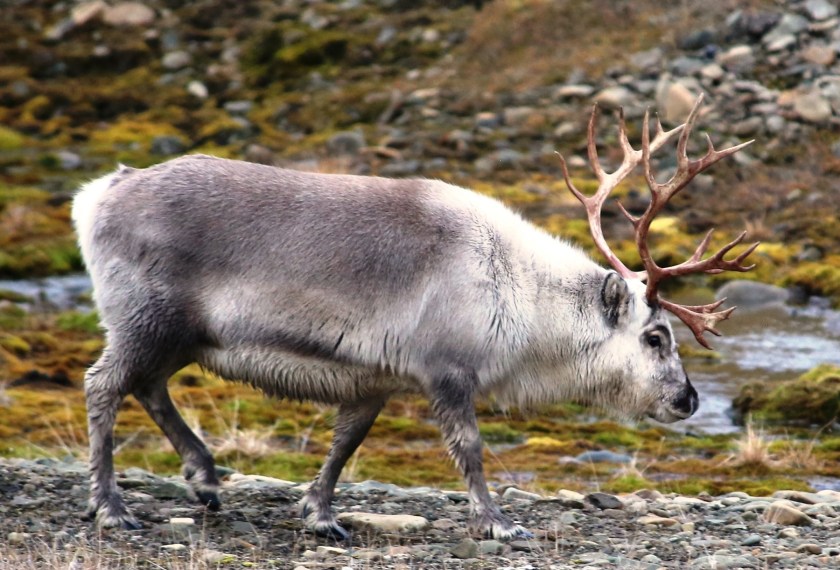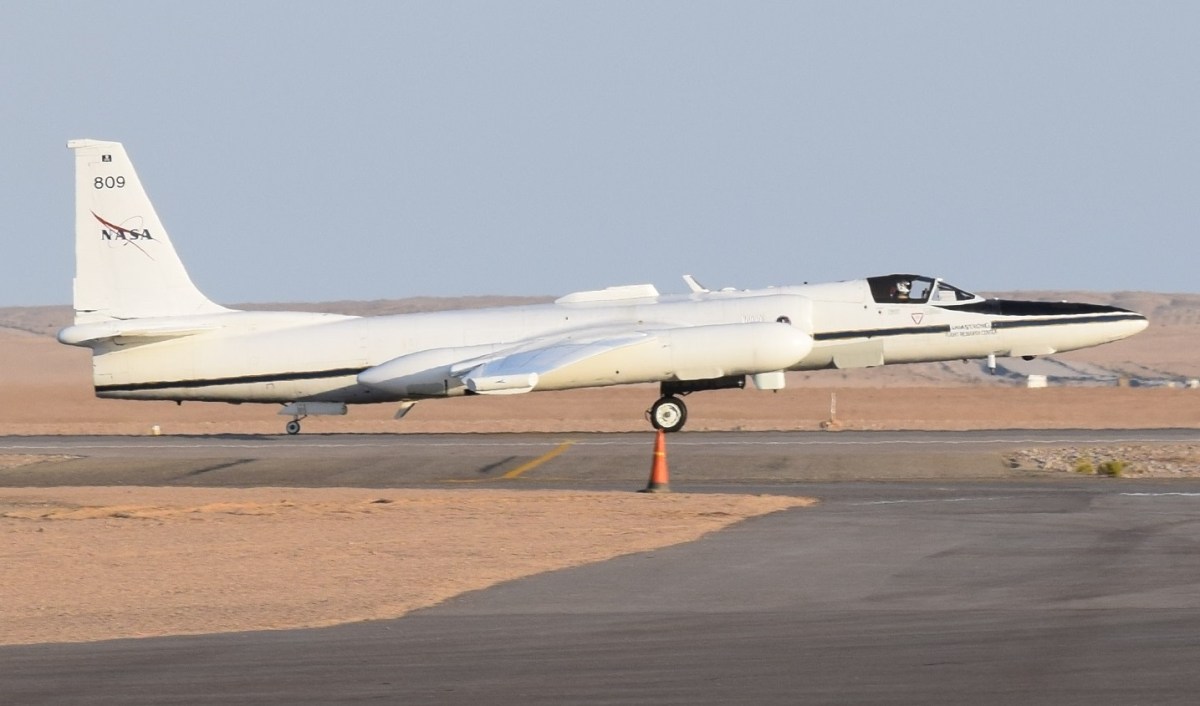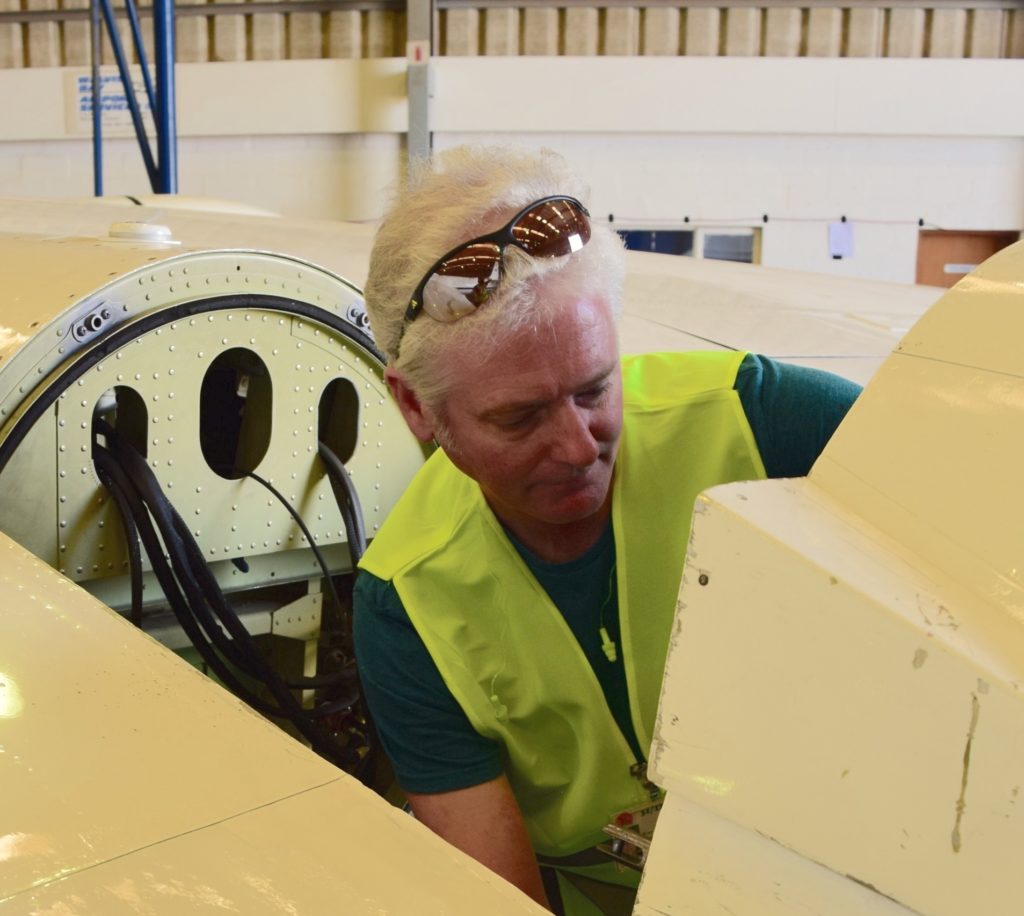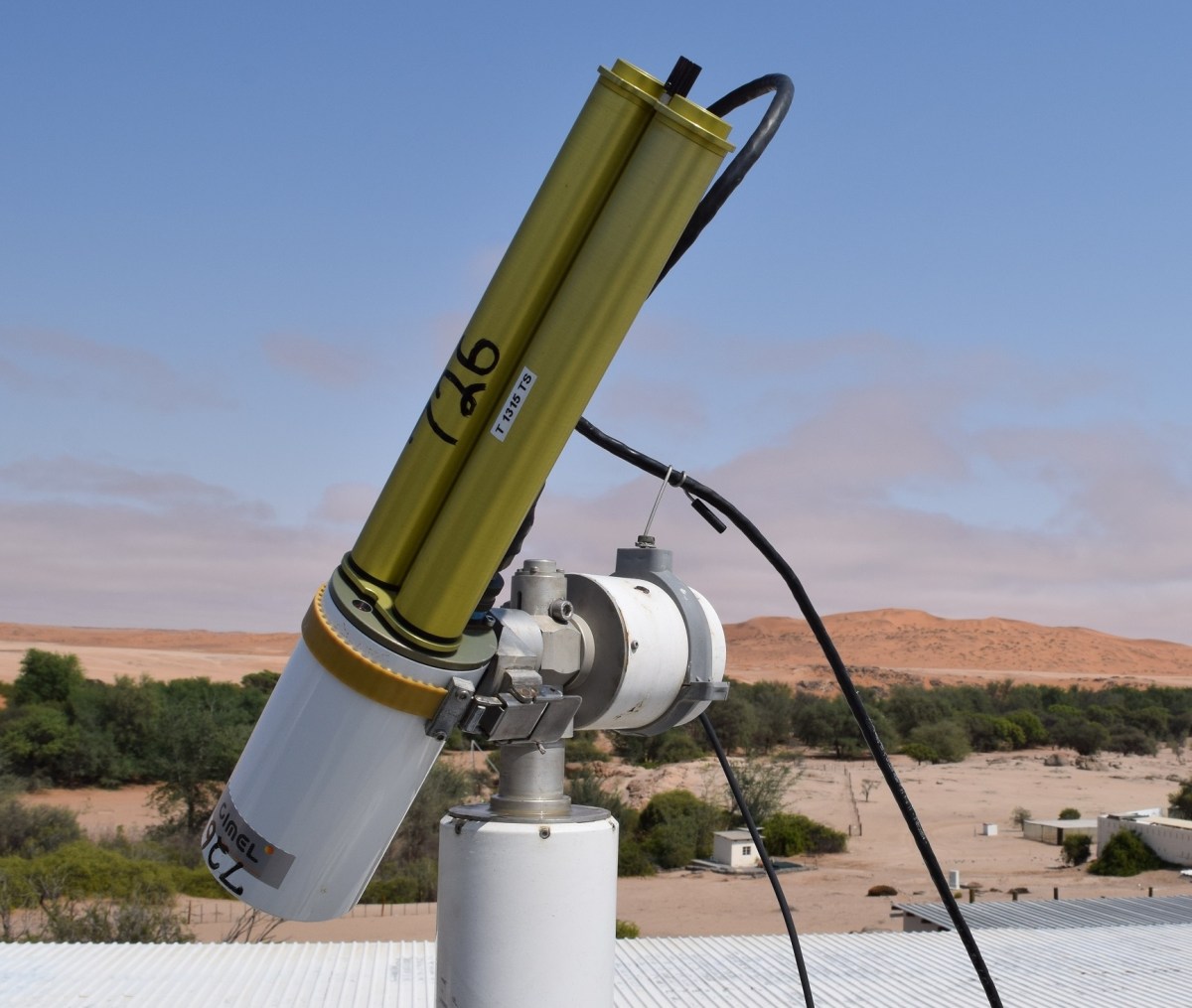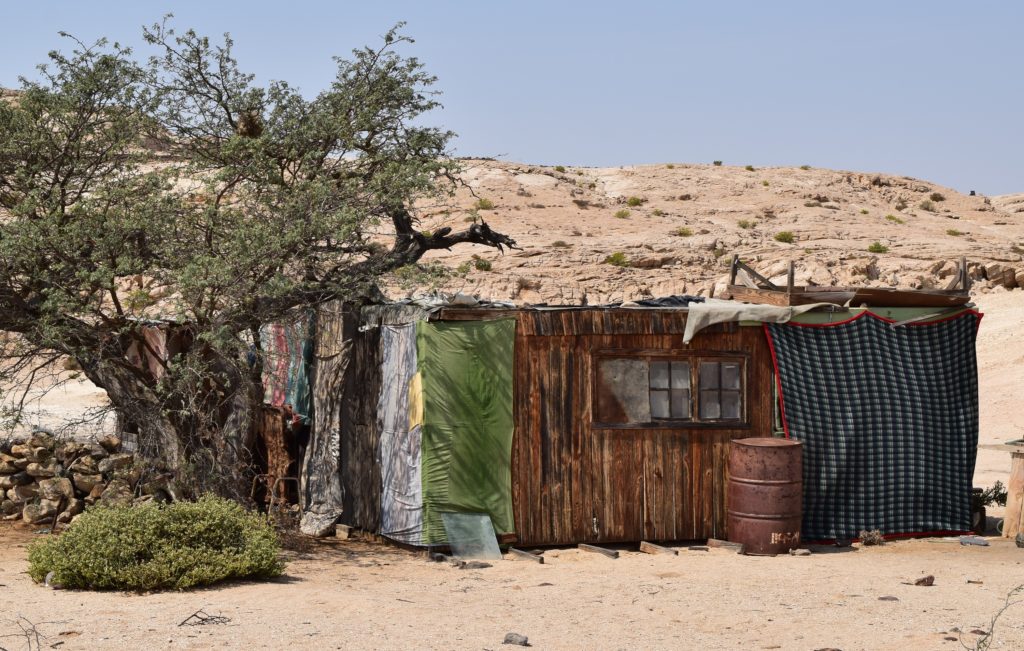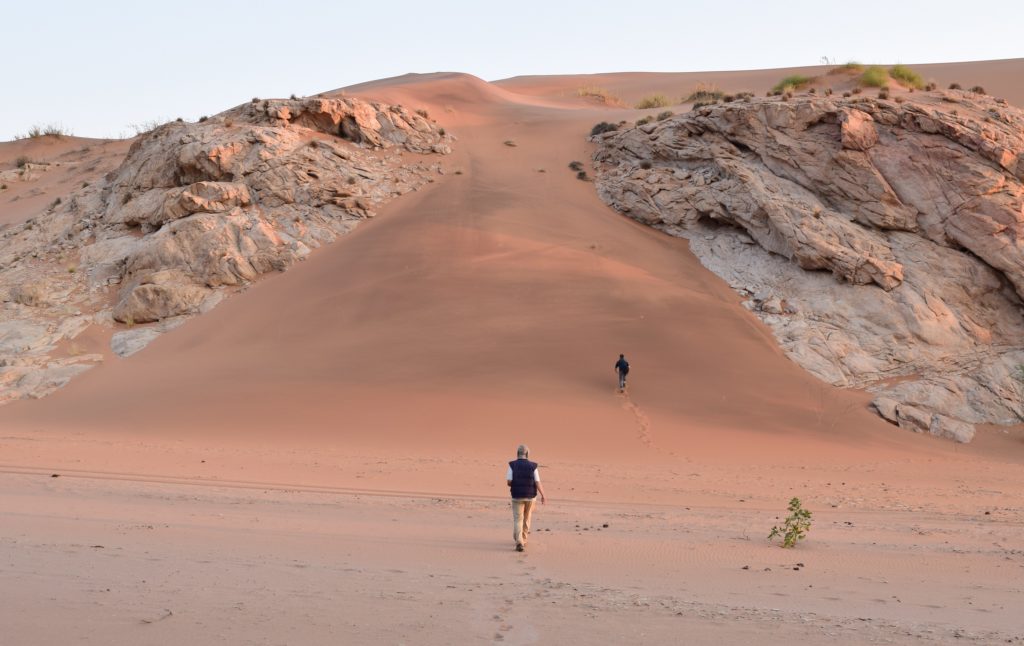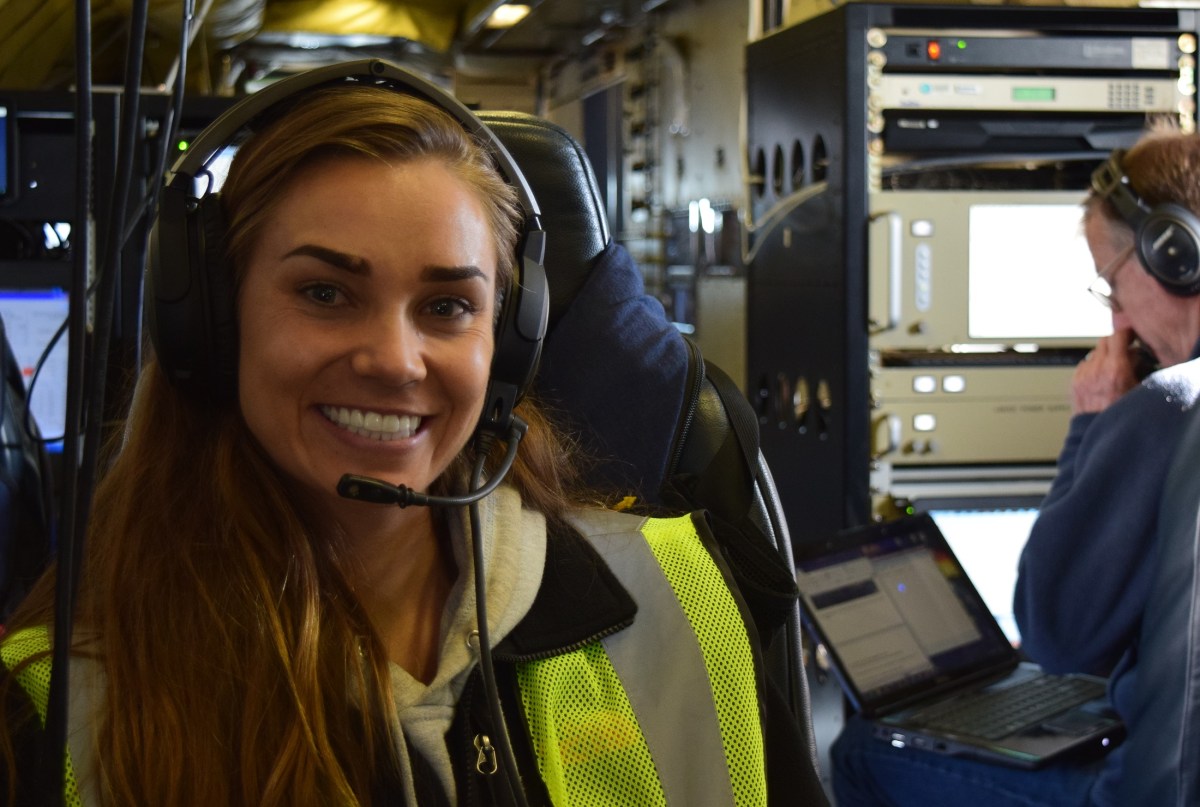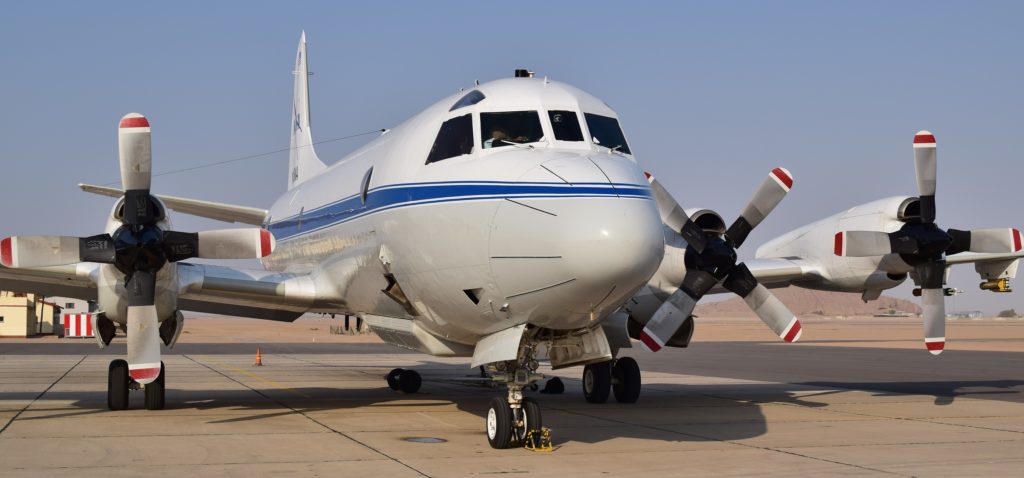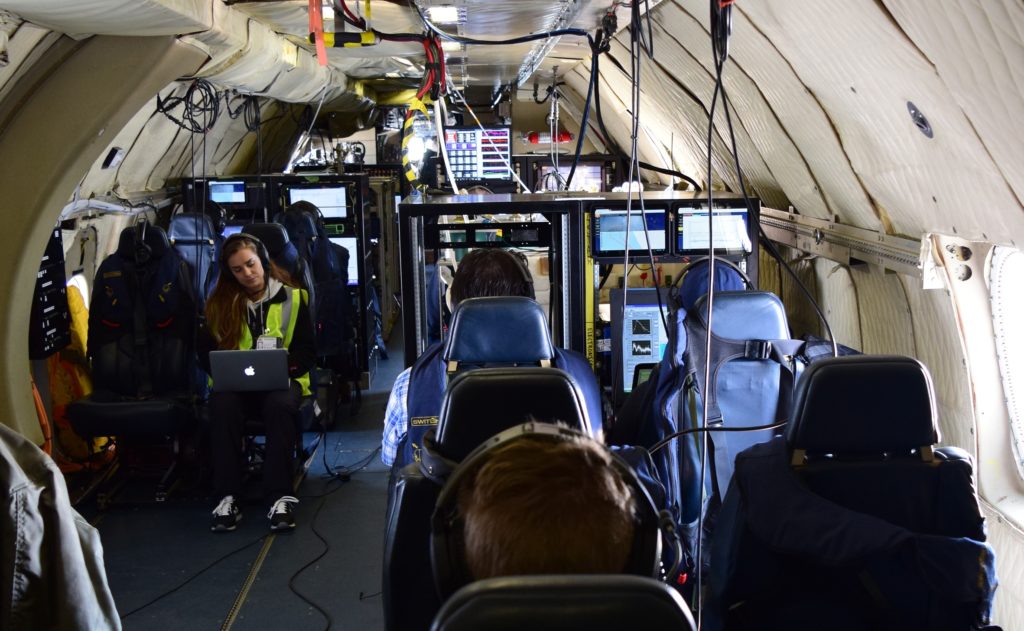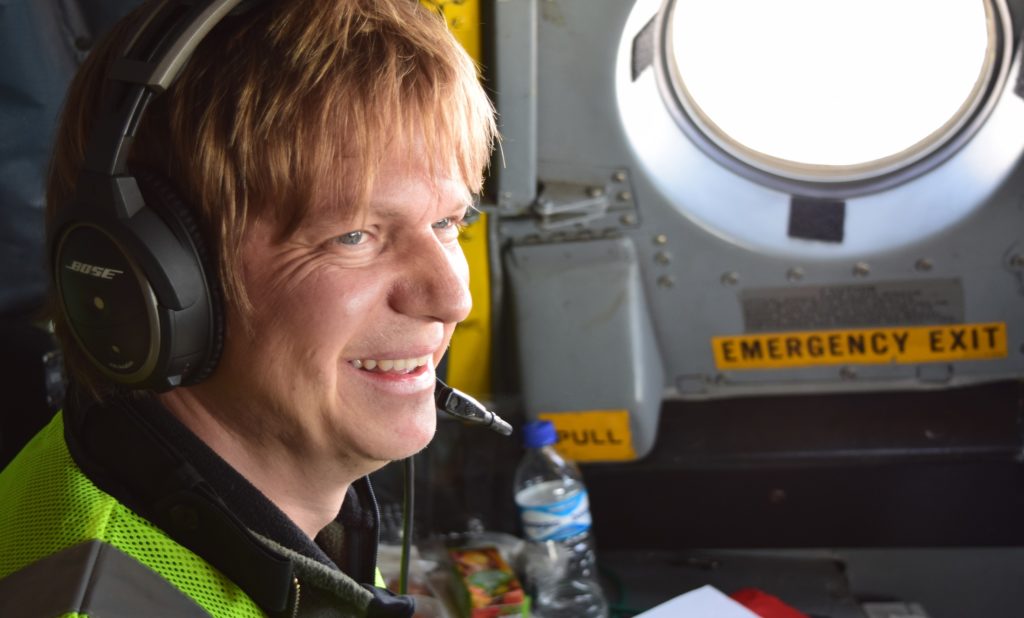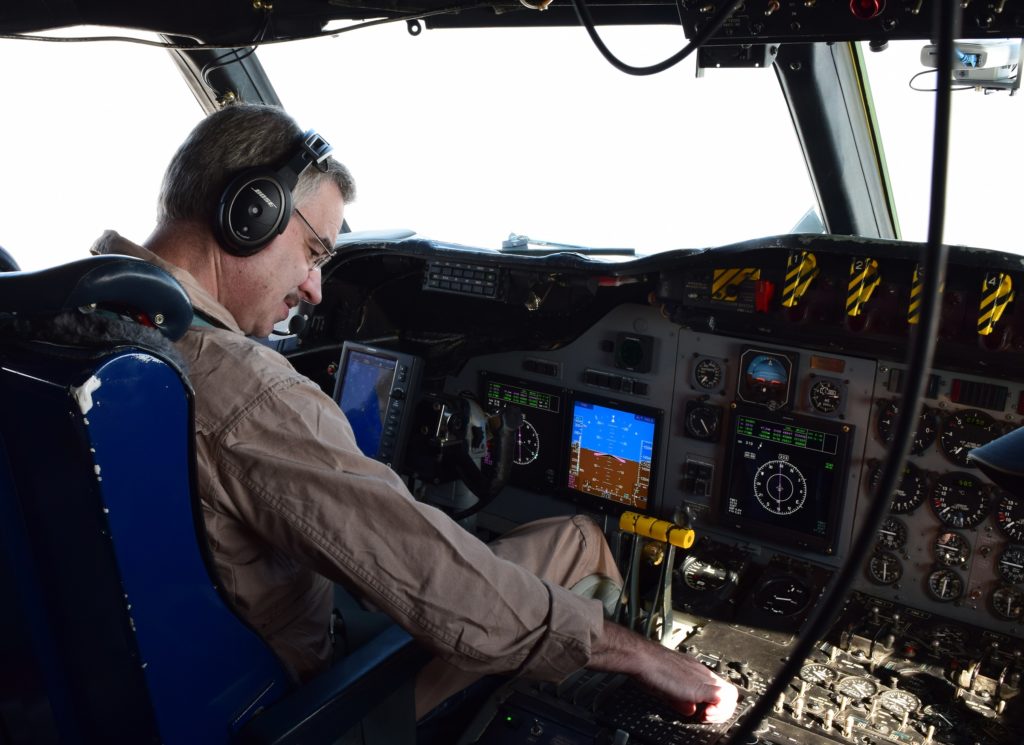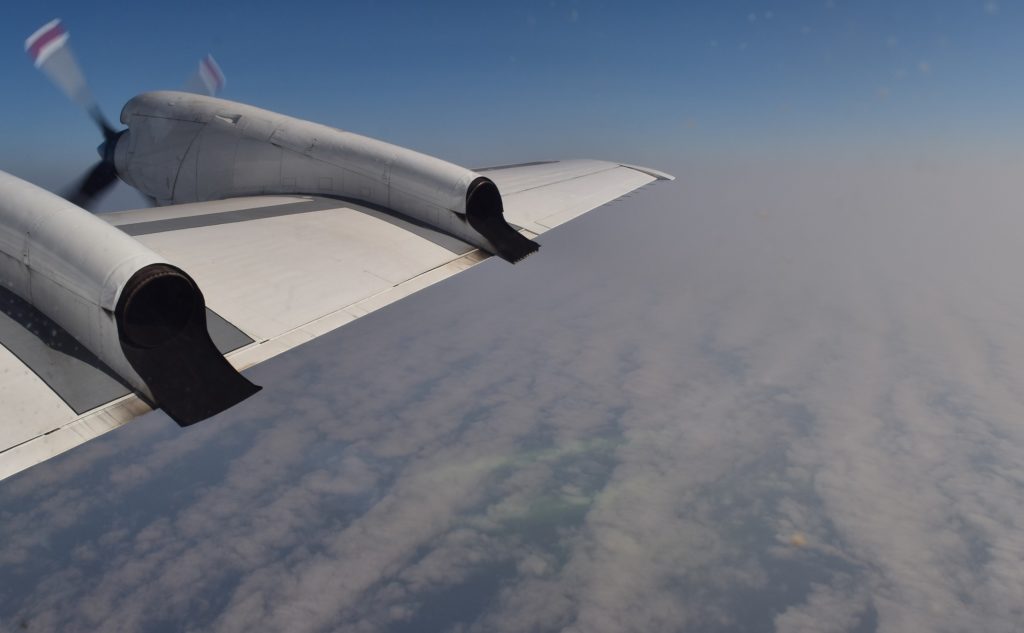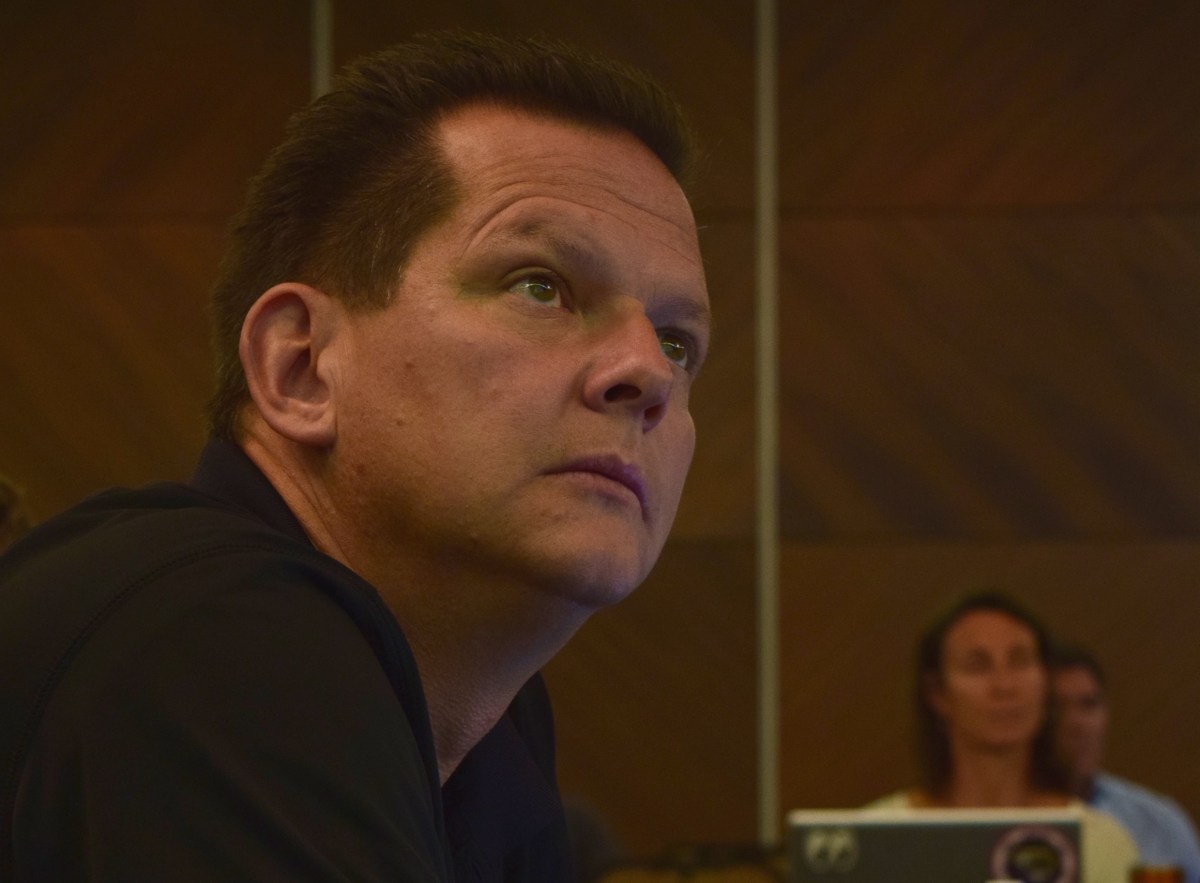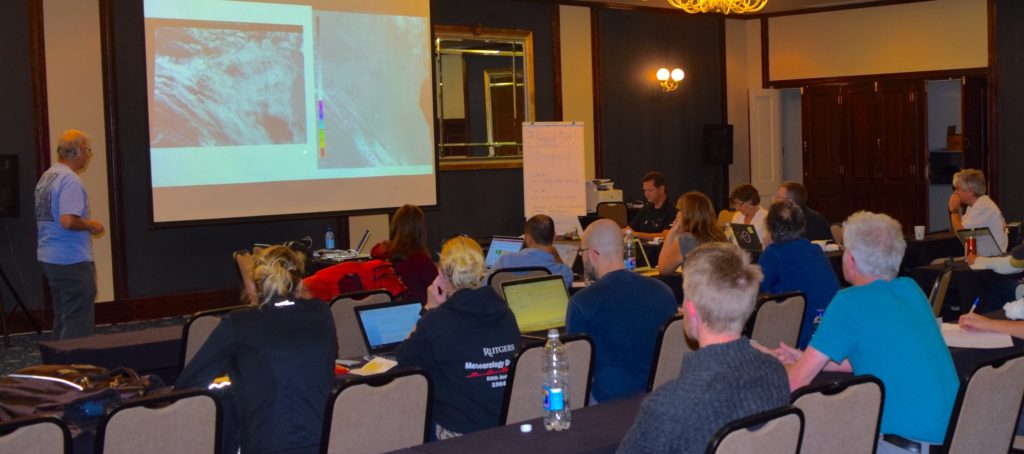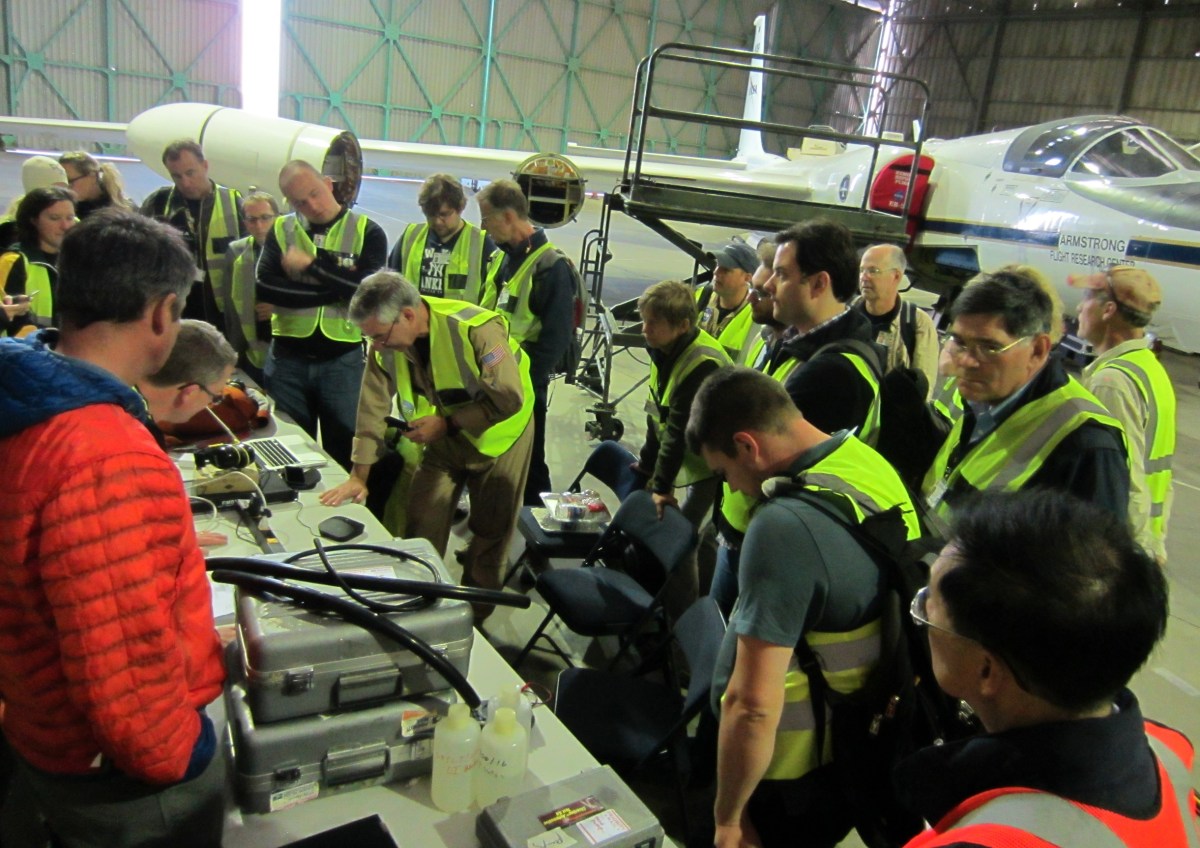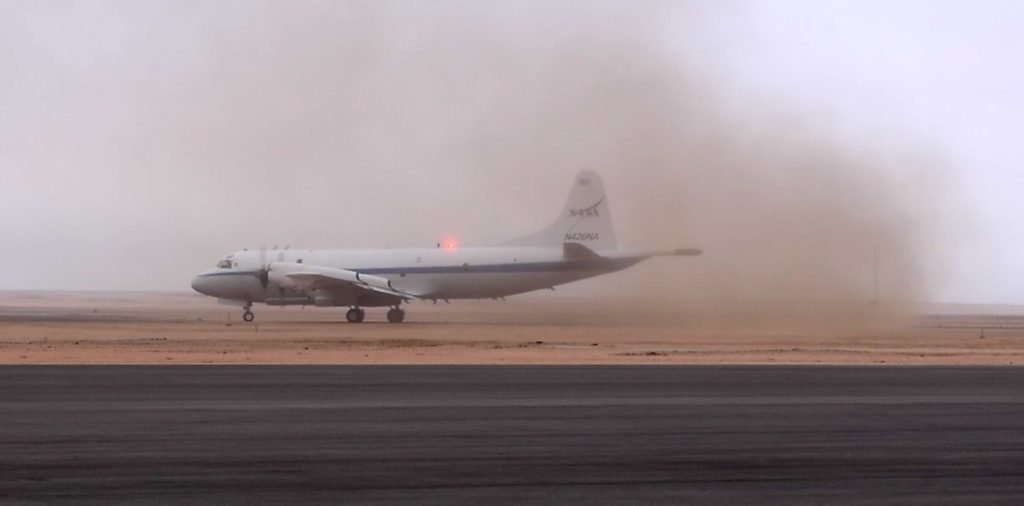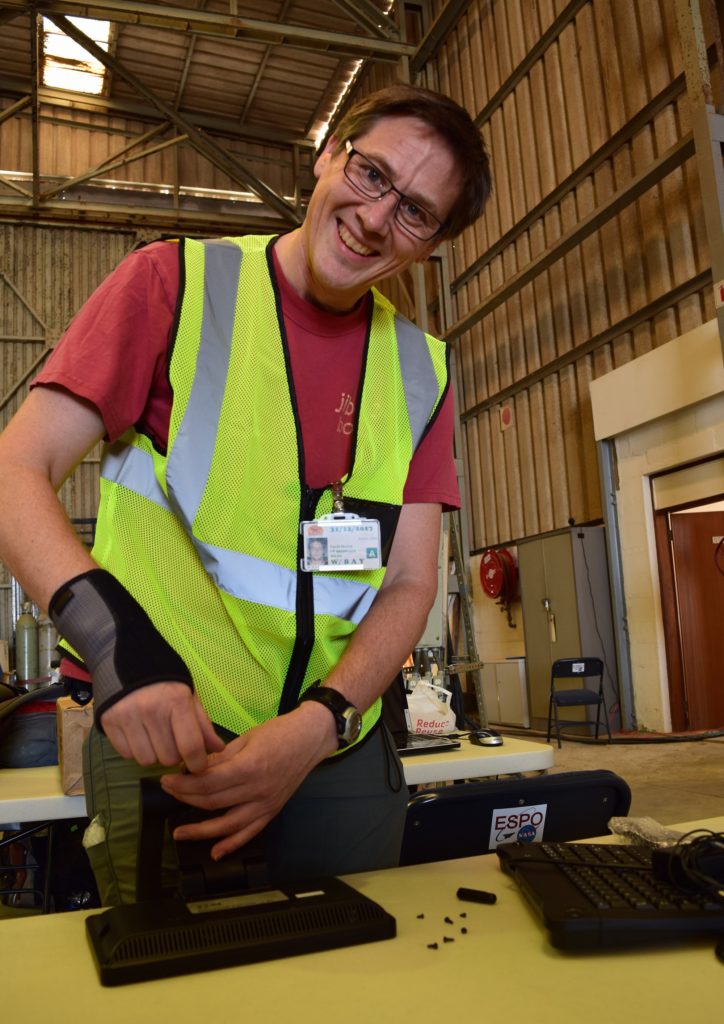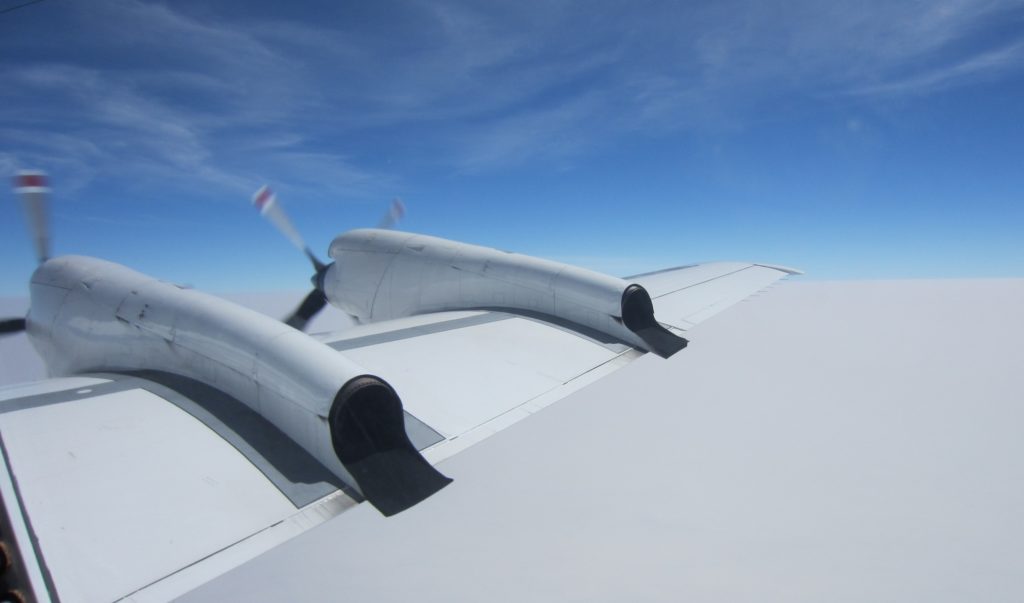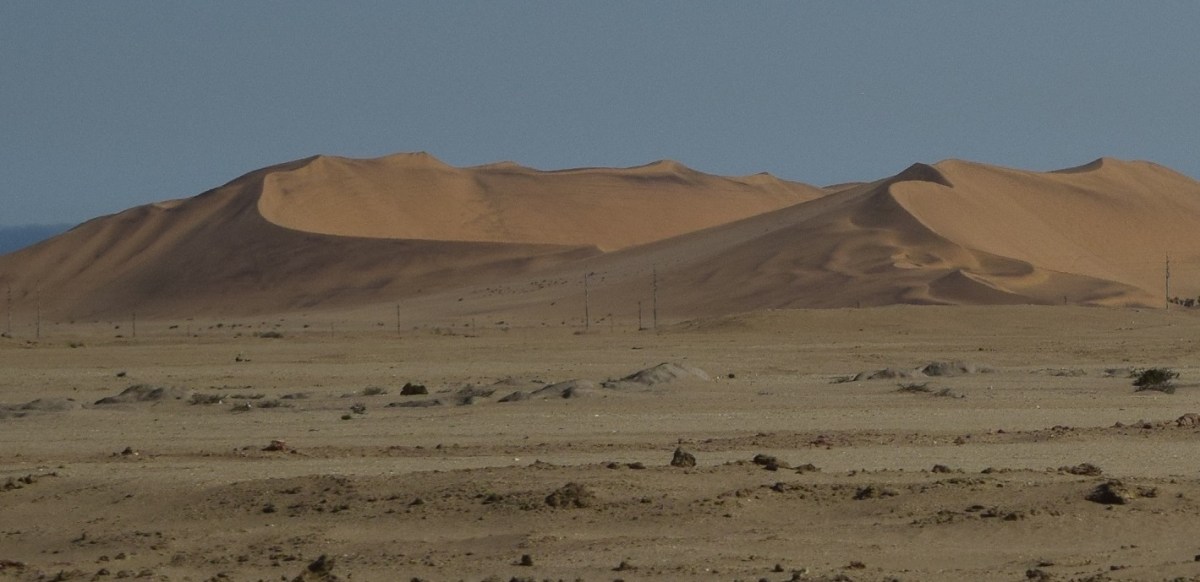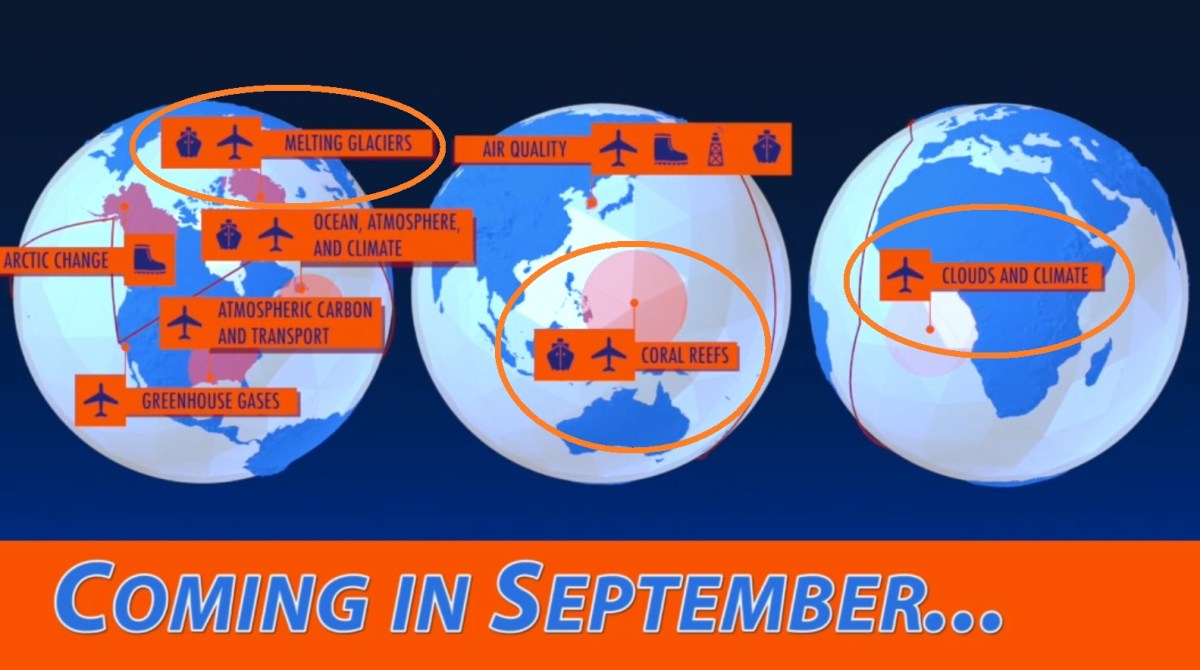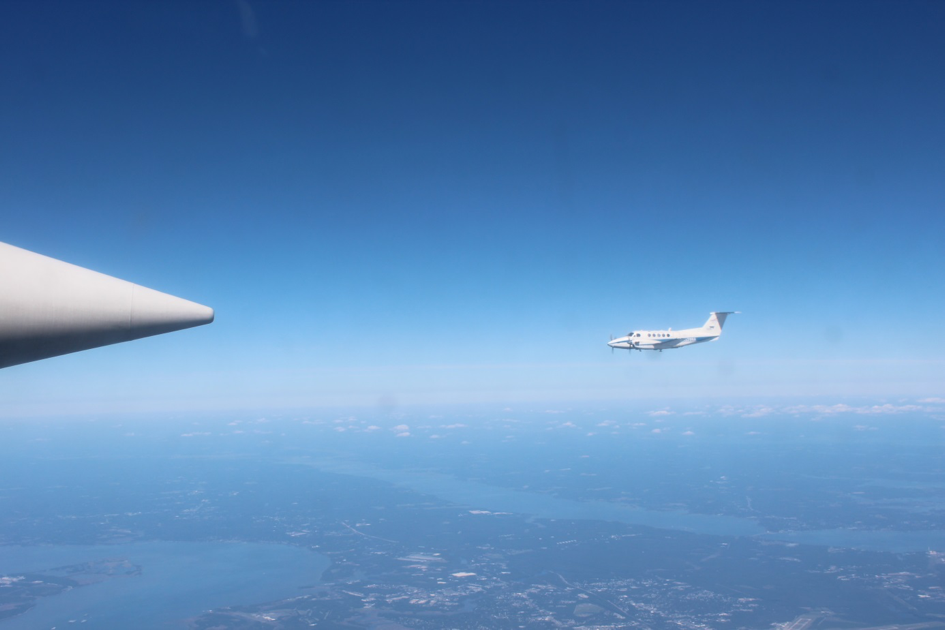
by Julian Kostinek / WALLOPS FLIGHT FACILITY, WALLOPS ISLAND, VIRGINIA /
One year after starting my Ph.D. studies at the DLR (German Aerospace Center), which involves spending hours and hours week after week in labs optimizing a Quantum Cascade Laser Spectrometer (QCLS) for airborne greenhouse gas analysis, the time has finally come to get out into the wild.
When Ken Davis from Penn State University visited DLR at the end of 2016, a big and thrilling chance opened up to take part in one of NASA’s big atmospheric science missions: Atmospheric Carbon and Transport-America (ACT-America). Davis is the principal investigator.
ACT-America is a project aimed at better understanding how mid-latitude weather systems interact with carbon dioxide and methane sources and sinks. By measuring these significant greenhouse gases from aboard NASA Wallops Flight Facility’s C-130 and Langley Research Center’s B-200 aircraft, both equipped with high performance instrumentation, better data on regional carbon dioxide and methane sources and sinks will become available to scientists all across the world.
Arriving last month at Wallops Flight Facility in Wallops Island, Virginia, we (my colleague Anke Roiger and I) got a quick tour through Hangar N-159 with Martin Nowicki, system engineer at Wallops. Martin and all the other folks at Wallops helped us big time during the upload phase.
At first, we were totally overwhelmed by how big everything was here at NASA, especially the C-130. It’s enormous, at least to us, because we normally operate on much smaller aircraft. For the following two weeks the C-130 Hercules was prepared by the engineers and mechanics of the maintenance crew at Wallops.
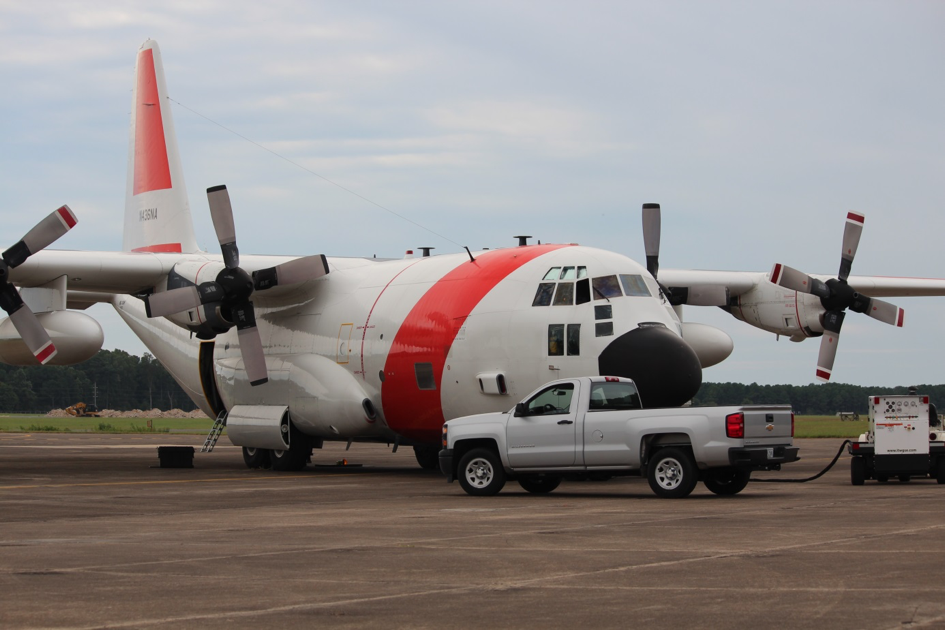
Under the lead of ACT-America program manager Mike Obland from NASA Langley and C-130 Integration/Operations Engineer Linda Thompson from Wallops, all instrument racks had been mounted one after the other. Unfortunately, our rack didn’t reach Wallops because of problems with our logistics company, which caused a real headache.
But here at NASA, people find a solution for every problem: James “Jimmy” Geiger from Langley helped us out with an empty, brand-new C-130 rack. He even designed an inlet probe for our instrument, enabling sampling of atmospheric air just outside the aircraft’s boundary layer. With our stuff arriving at Wallops we could finally move on to installing the instrument.
On Sept. 22 the mission transitioned from the upload phase to the operational phase. The science teams were now meeting at Wallops for calibration, planning and the last tests of their respective instruments. Suddenly the hangar became crowded.
Sept. 24 was the big day I had been looking forward to for so long: The first instrument test flight and my first ever flight on a C-130. I was totally excited. With the turboprop engines starting up, one can really feel the power behind this aircraft. Although way louder, it takes off and lands as smoothly as big passenger aircraft. Or is it just because of the pilots?
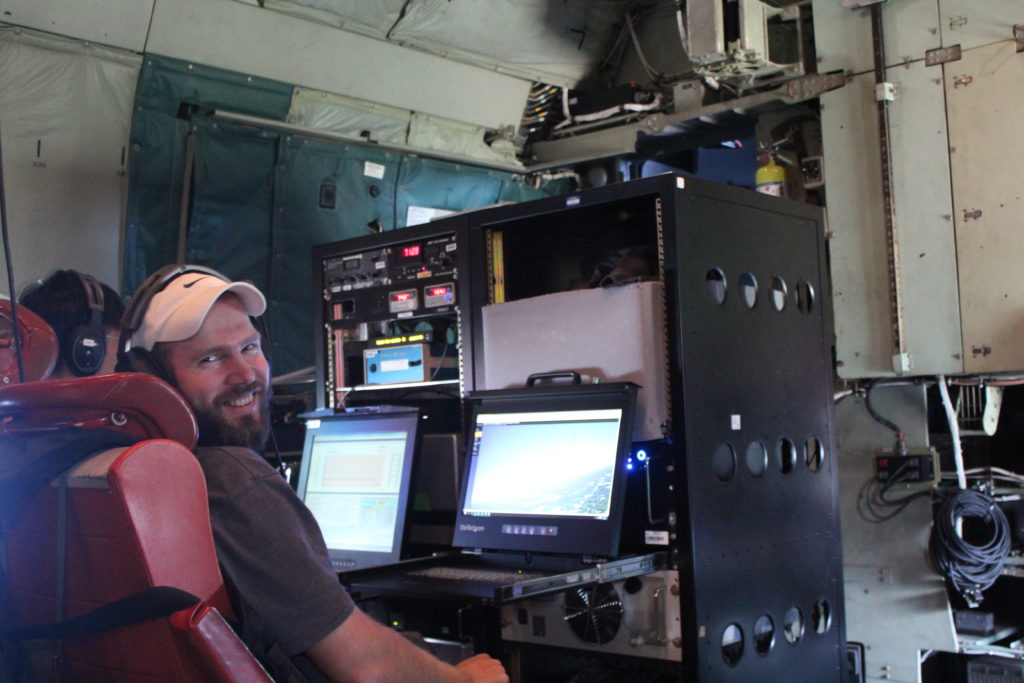
I had been expecting a rough ride in advance, but the plane was surprisingly stable and calm. The QCLS instrument had a stable performance too—what a nice surprise! Some minor issues existed, but all parameters remained in a safe-to-operate domain at all times. The first flight had been a complete success with respect to our instrument. The same held for the other teams too, according to the post-flight meeting. These meetings, known as de-briefings, are held on a regular basis after each flight. All personnel aboard the aircraft attend these, including the pilots.
The flight for the B-200 wasn’t quite as successful as the C-130’s. The crew found issues with a PICARRO greenhouse gas analyzer. Decisions were made to remove an identical instrument from the C-130 and mount it on the B-200.
With a spare PICARRO instrument mounted in virtually no time by the AVOCET team, the second instrument test flight could be engaged. An in-air rendezvous, or side-by-side flight, with Langley’s B-200 aircraft was planned and successfully carried out, along with LIDAR calibration at different altitudes, to pave the way for the upcoming science flights. The side-by-side flight enables comparison between the instruments mounted on the two aircraft. By measuring the same air on both aircraft, data integrity can be greatly improved. Another awesome flight for all of us.
With the test flights successfully carried out, time has come for the real deal: the scientific flights. But more on that later, gotta hop on to the next flight. See y’all! And thanks NASA for enabling this unique experience.

